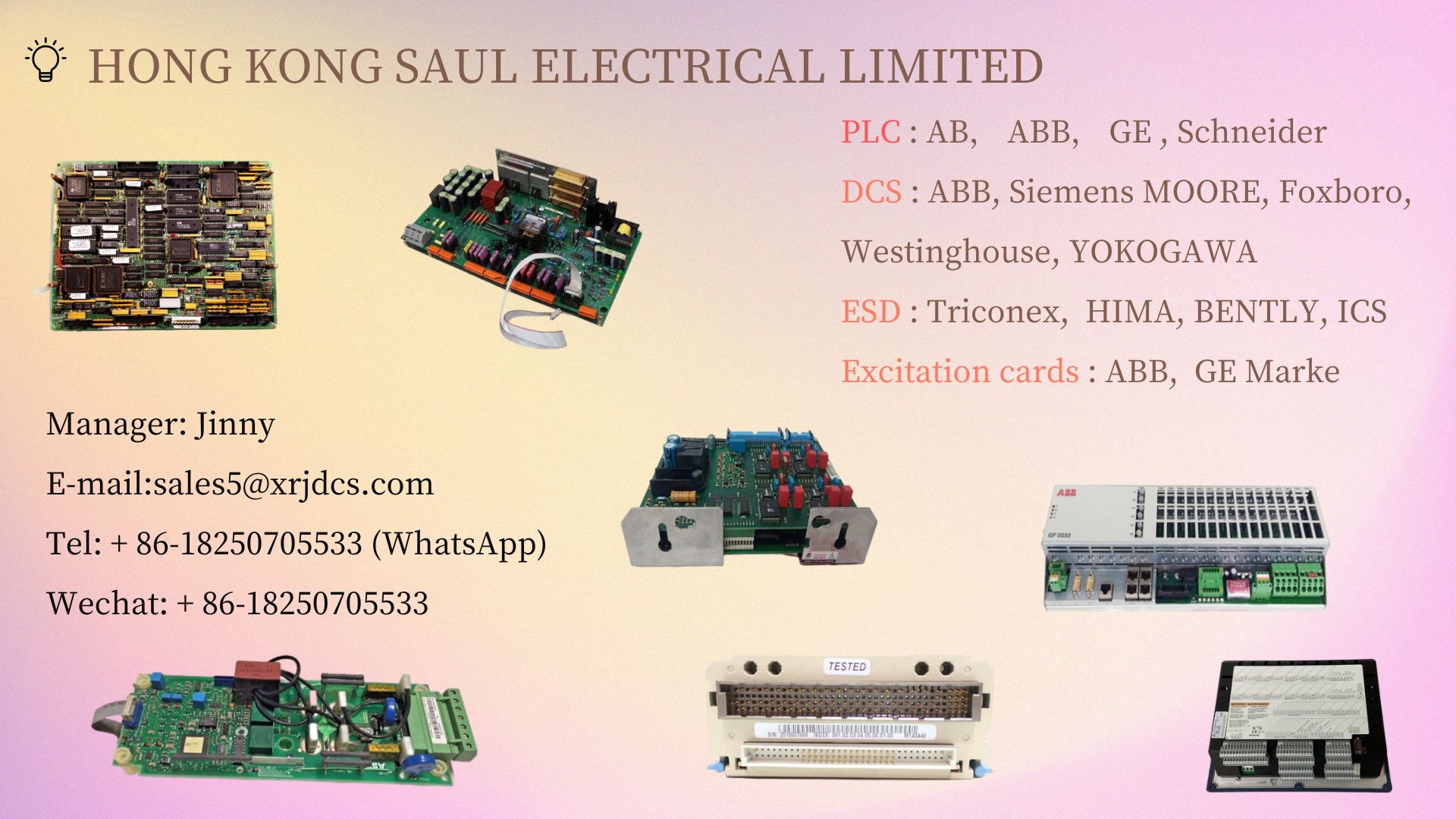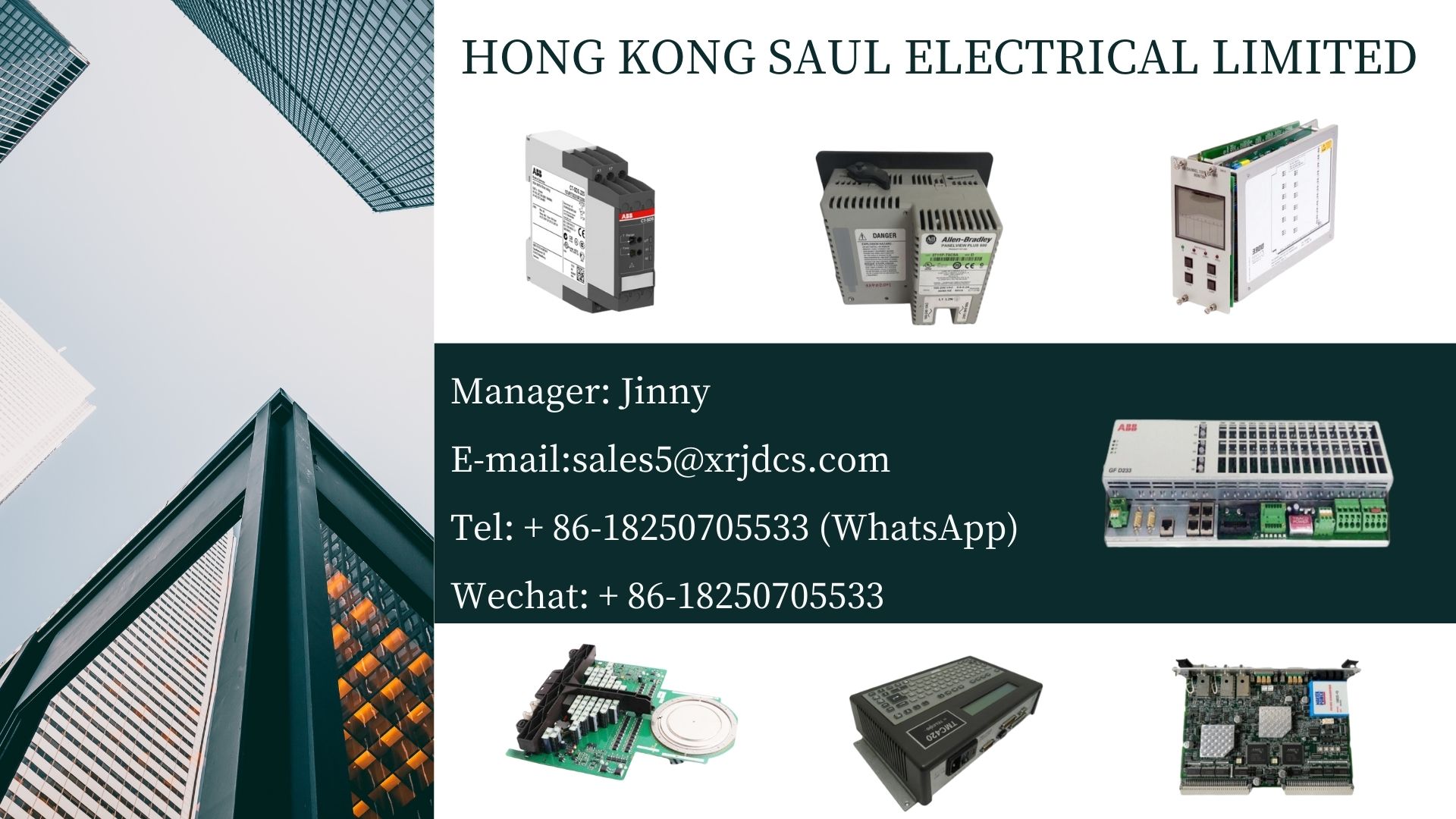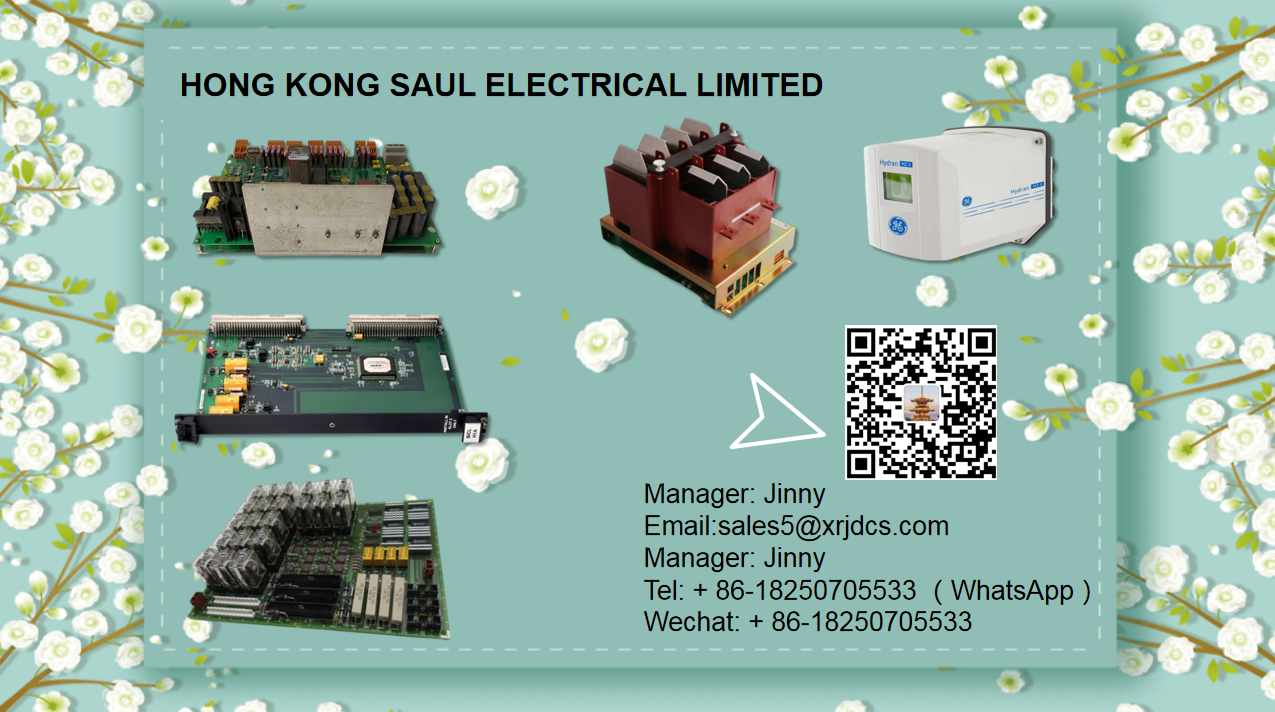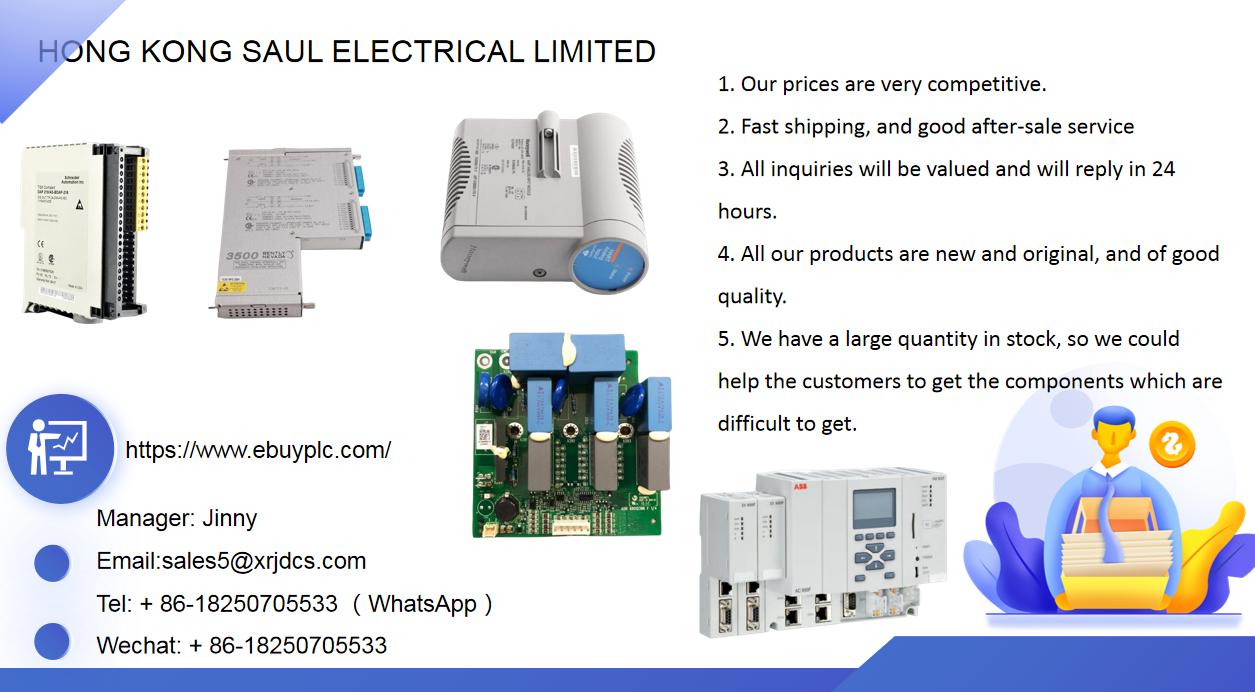0102030405
Main fault performance and handling methods of Siemens PLC
2023-12-08
At present, Siemens PLCS5 series are common in China's industrial market, mainly including U type (universal type), W type (word processing type) and R type (switch type). Different types of PLC have different fault behaviors and judgment methods. Among them, software faults can be solved by using Siemens special programmer. Siemens PLC has reserved communication PC interface, and almost all software problems can be solved by using special servo programmer.
The software PC program can be used to judge whether it is a software fault. If it is a hardware fault, a dedicated chip level circuit board maintenance engineer is required to repair it. PLC is generally composed of modular structure, and the relatively simple way to deal with it is to replace the faulty board.
1. Judgment and treatment of soft fault
S5PLC has the self diagnosis ability. In case of module function error, it can often give an alarm and react according to the pre program, which can be judged by the fault indicator. When the power supply is normal, all indicators are also normal, especially when the input signal is normal, but the system function is abnormal (no or disordered output), first check whether the user program has problems based on the maintenance principle of "easy first, hard first". The user program of S5 is stored in the RAM of PLC, which is volatile in case of power failure. When the backup battery fails and the system power fails, the program is likely to be lost or disordered. Of course, strong electromagnetic interference will also cause program errors. The PLC recovery program with EPROM memory card and slot is quite simple. Copying the program on the EPROM card back to the PLC can generally solve the problem; Users without EPROM sub card will use the online function of PG to send the correct program to PLC. It should be noted that sometimes simple program coverage cannot solve the problem. At this time, it is necessary to always clean the user program in RAM before copying the program again. By dialing the "RUN" and "ST" switches on the PLC once in the order of RUN -- ST -- RUN -- ST -- RUN or executing the "Object Blocks Delete -- inPLC all blocks -- overview Reset" function on the PG, the total clearing of programs in RAM is completed. In addition, the program stored in EPROM is not foolproof, and excessive trust in the program on EPROM will sometimes cause confusion for maintenance. Therefore, it is particularly important to check the programs in EPROM frequently, especially the backup programs in PG.
2. PLC hardware failure
PLC hardware failure can be found intuitively, and the basic method of maintenance is to replace the module. Judging the fault module according to the fault indicator and fault phenomenon is the key to maintenance, and blind replacement will bring unnecessary losses.
(1) Power module failure.
The working indicator lights on a normal power module, such as "AC", "24VDC", "5VDC", "BATT", etc., should be green for a long time. Any change in the color of the light or flashing or off indicates that there is a problem with that part of the power supply. The "AC" light indicates the main AC power supply of the PLC. When the "AC" light is not on, there is probably no working power supply, and the whole PLC stops. At this time, it is necessary to check whether the power supply fuse is blown. The fuse of the same specification and model shall be used to replace the fuse. If there is no imported fuse of the same model, the quick fuse with the same current shall be used to replace it. If the fuse is burned repeatedly, the circuit board is short circuited or damaged. Replace the entire power supply. When the "5VDC" and "24VDC" lights are off, there is no corresponding DC power output. When the power deviation exceeds 5% of the normal value, the indicator flashes. At this time, although the PLC can still work, attention should be paid to it, and it should be stopped for maintenance if necessary. The "BATT" color change indicator is the backup power indicator. It is green, normal, yellow, low, and red. When the yellow light is on, the backup battery should be replaced. The manual stipulates that the lithium battery should be replaced once every two to three years. When the red light is on, it means that the backup power supply system is faulty, and the entire module needs to be replaced.
(2) I/O module failure.
The input module is generally composed of photoelectric coupling circuit; Output modules include relay output, transistor output, photoelectric output, etc. according to different models. Each input and output point is indicated by corresponding LED. If there is an input signal but the point is not lit, or if there is an output but the output light is not lit, it should be suspected that the I/O module is faulty. The input and output modules have 6 to 24 points. It is not economical to replace the entire module just because one point is damaged. The usual practice is to find an alternate point to replace it, and then change the corresponding address in the program. However, it should be noted that the large program is difficult to find the specific address. It is particularly emphasized that whether the input module or the output module is replaced, it should be done when the PLC is powered off, and the S5 hot plug module is absolutely not allowed.
(3) CPU module failure.
The CPU module of the general-purpose S5PLC often includes communication interface, EPROM slot, operation switch, etc. The hidden nature of the fault is greater. Because the cost of replacing the CPU module is very high, the fault analysis and judgment should be particularly careful.
Maintenance example: When a PLC is powered on, it is unable to turn the switch to the RUN state. The error indicator first flashes and then stays on. The fault remains after power failure reset. After replacing the CPU module, it operates normally. During chip level maintenance, the CPU was replaced, but the fault light still kept flashing. The function returned to normal only after the communication interface board was replaced.
3. Peripheral circuit failure
According to relevant literature, the failure rate in PLC control system is: CPU and memory account for 5%, I/O modules account for 15%, sensors and switches account for 45%, actuators account for 30%, wiring and other aspects account for 5%. It can be seen that more than 80% of the failures occur in peripheral lines. Peripheral lines are composed of field input signals (such as button switch, selector switch, proximity switch, switching value output by some sensors, relay output contact or analog quantity converted by analog to digital converter, etc.), field output signals (solenoid valve, relay, contactor, motor, etc.), wires, terminal blocks, etc. Loose wiring, component damage, mechanical failure, interference, etc. can cause peripheral circuit failure. Be careful when troubleshooting, and replace components with high quality components with reliable performance and high safety factor. Some powerful control systems use the fault code table to represent faults, which brings great convenience to the analysis and elimination of faults and should be used well.
Conclusion: The common fault judgment and handling methods of Siemens PLC are the same as this principle and can be deduced in turn. When any chip level precision equipment encounters a fault, it must be handled by a professional technical service enterprise without full assurance. Unauthorized modification of procedures and maintenance of tight equipment circuit boards may lead to increased difficulty in equipment maintenance and even serious consequences of scrapping.









